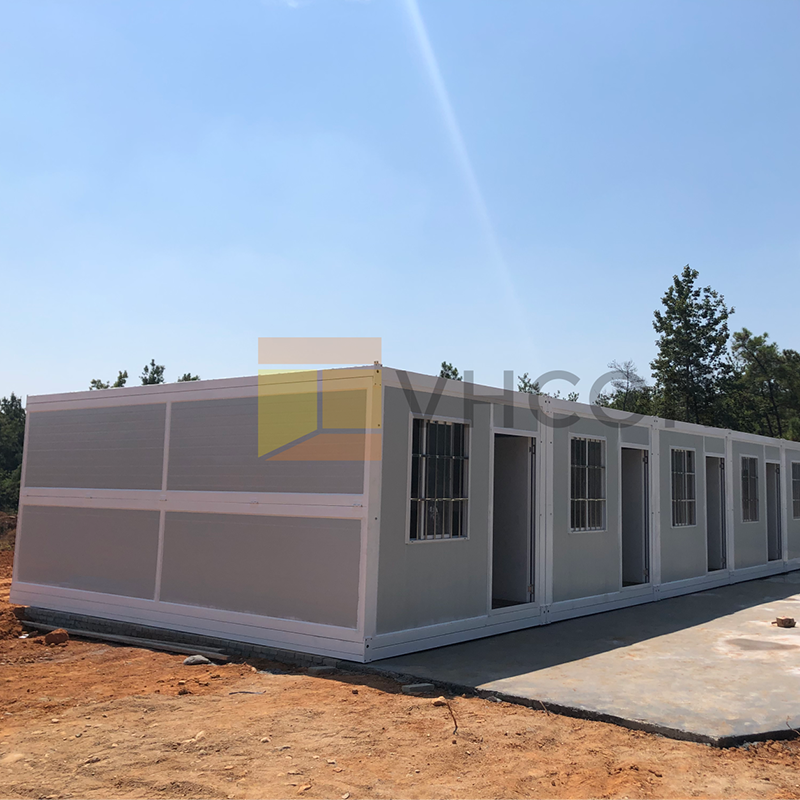Container houses have emerged as a vital solution in the aftermath of earthquakes, providing quick and efficient shelter for affected communities. These innovative structures, made from repurposed shipping containers, offer numerous advantages that make them ideal for post-earthquake scenarios. Let’s explore how container houses are playing a crucial role in providing housing and relief in earthquake-stricken areas.
Rapid Deployment:
One of the significant advantages of container houses is their rapid deployment capability. These structures can be quickly transported to affected areas and assembled on-site, ensuring that shelter is provided as soon as possible. This speed is critical in post-earthquake scenarios, where displaced individuals urgently need safe and secure housing options.
Structural Integrity:
Shipping containers used for constructing container houses are designed to withstand the rigors of transportation across oceans. This inherent strength translates into excellent structural integrity when repurposed as housing units. Container houses can withstand seismic forces and provide a robust shelter option in earthquake-prone areas. Their sturdy construction ensures the safety and well-being of occupants.
Cost-Effective Solution:
Compared to traditional construction methods, container houses offer a cost-effective alternative for post-earthquake housing. Repurposing shipping containers reduces material costs, and the pre-existing structure of the container eliminates the need for extensive construction work. This affordability enables relief organizations and governments to allocate resources efficiently, maximizing the number of people who can benefit from the available funds.
Mobility and Reusability:
Container houses possess the advantage of mobility, allowing for easy relocation if required. In the aftermath of an earthquake, affected areas may need to be evacuated or reorganized. Container houses can be easily moved to accommodate changing needs and provide housing solutions wherever they are most needed. Additionally, these structures are reusable, making them sustainable and environmentally friendly. For example, after the earthquake in Turkey in 2023, many disaster relief houses used prefabricated container houses, which greatly improved the efficiency of rescue.
Customization and Adaptability:
Container houses offer flexibility and adaptability in terms of design and layout. The modular nature of shipping containers allows for easy customization to meet specific requirements. Containers can be stacked, connected, or arranged in various configurations to create multi-story buildings or communal living spaces. This adaptability ensures that container houses can be tailored to the needs of different communities and provide comfortable living conditions.
Amenities and Comfort:
Container houses can be equipped with essential amenities to provide a comfortable living environment. From insulation and proper ventilation to electricity and plumbing installations, these structures can be outfitted to meet the basic needs of occupants. Temporary container house communities can offer communal facilities such as kitchens, bathrooms, and recreational areas, fostering a sense of community and resilience during challenging times.
Container houses are playing a crucial role in post-earthquake scenarios by providing quick, cost-effective, and reliable housing solutions. Their rapid deployment, structural integrity, affordability, mobility, customizability, and amenities contribute to the well-being and recovery of affected communities. Container houses are empowering relief organizations and governments to respond effectively to housing needs in earthquake-stricken areas, ensuring that individuals and families have a safe and secure place to call home in the aftermath of a disaster.
Post time: Dec-08-2023








